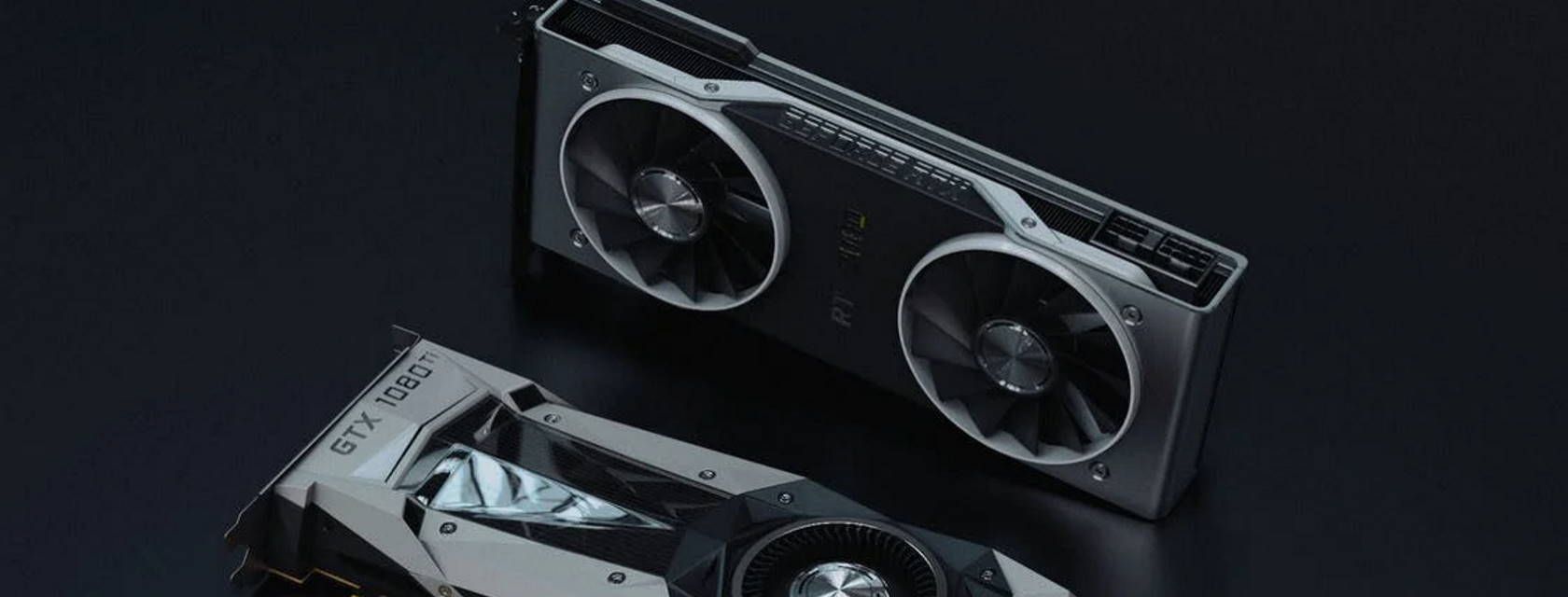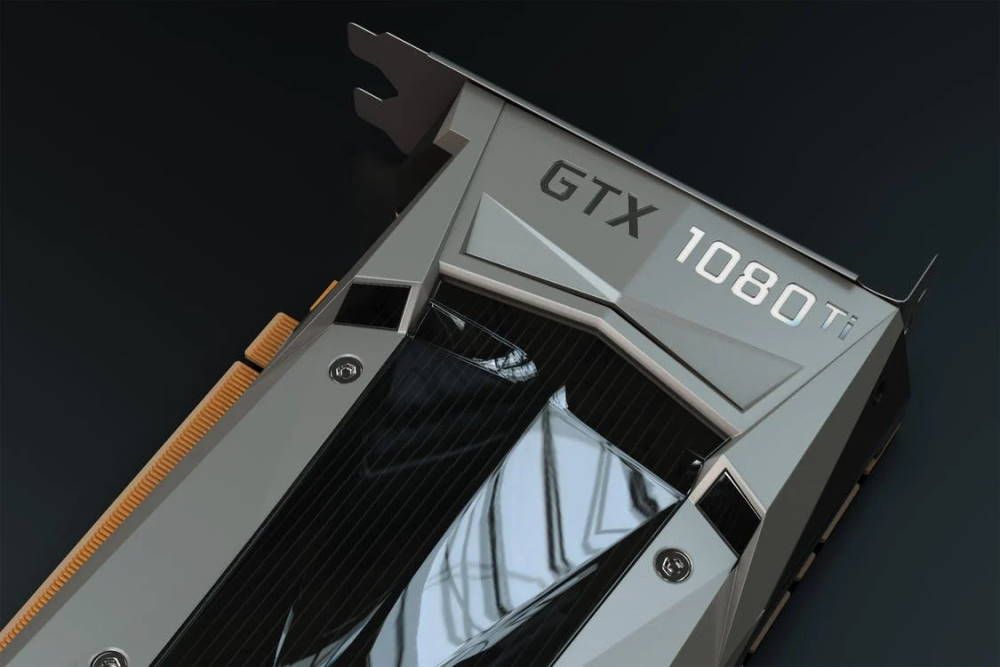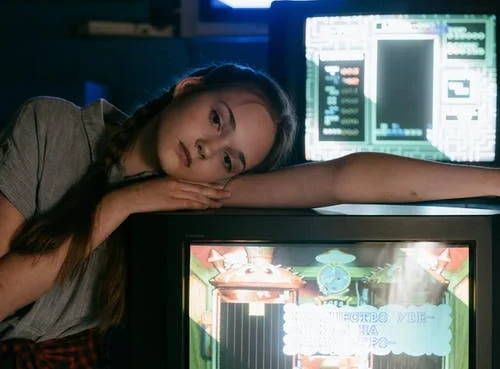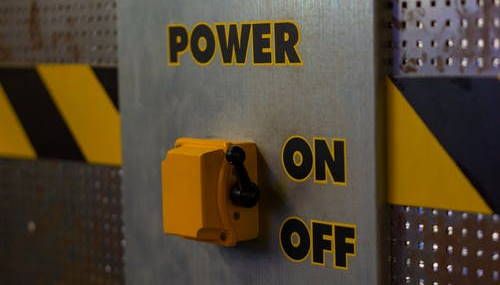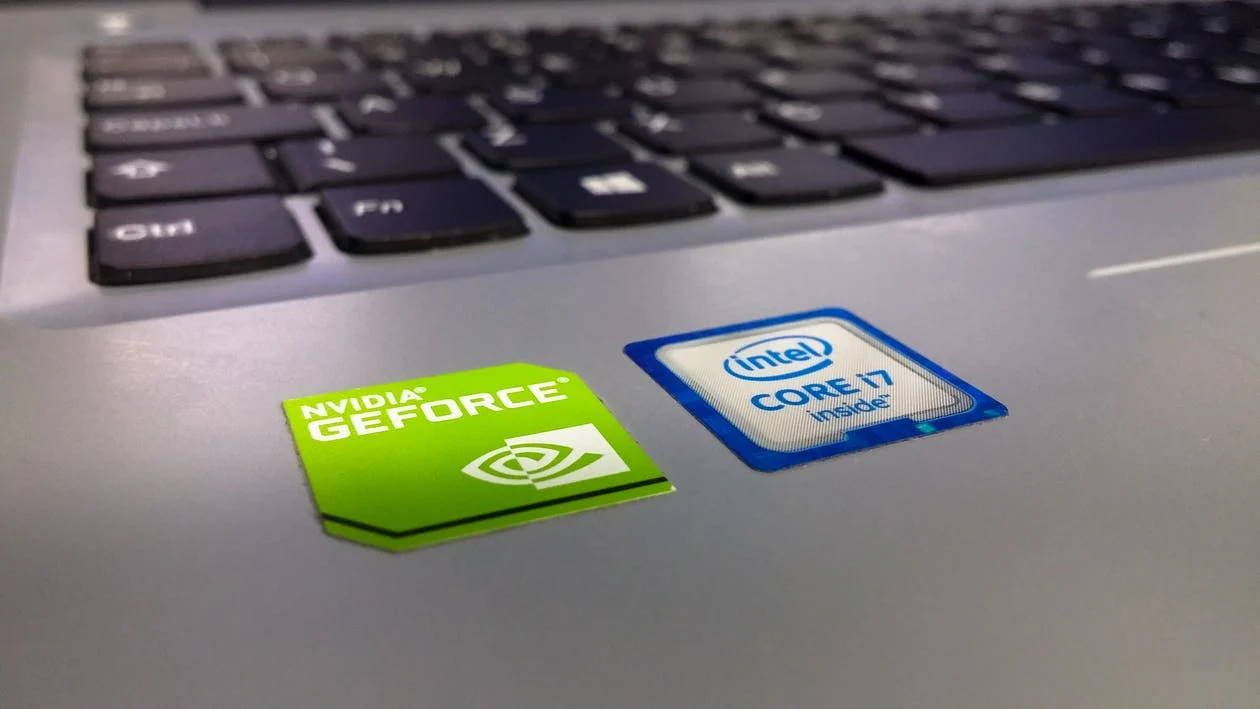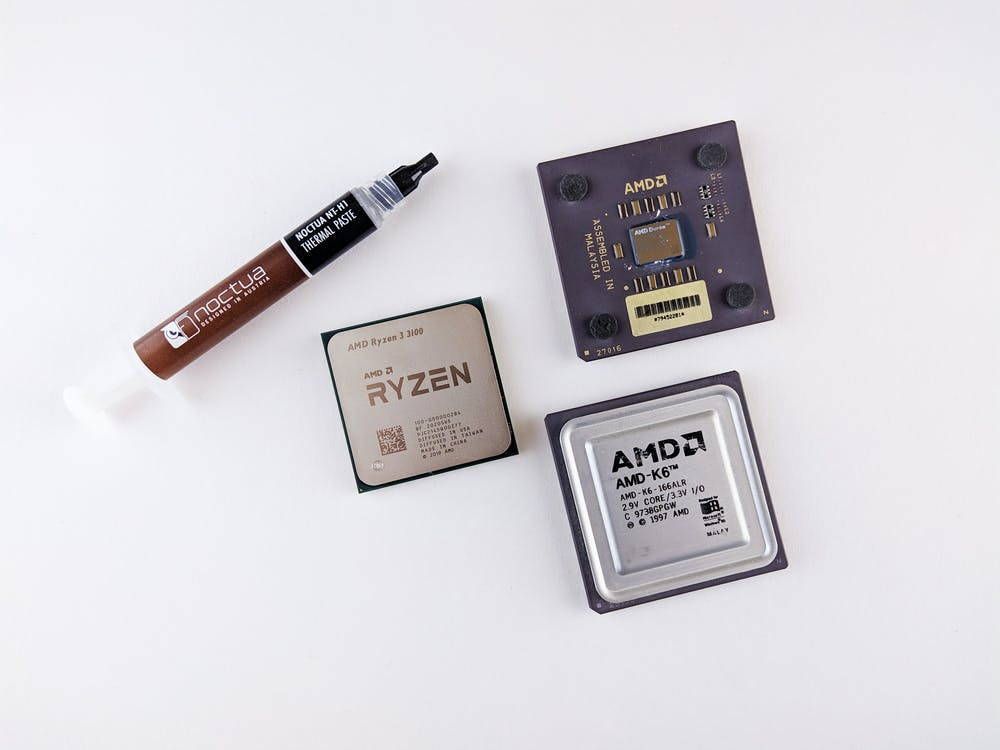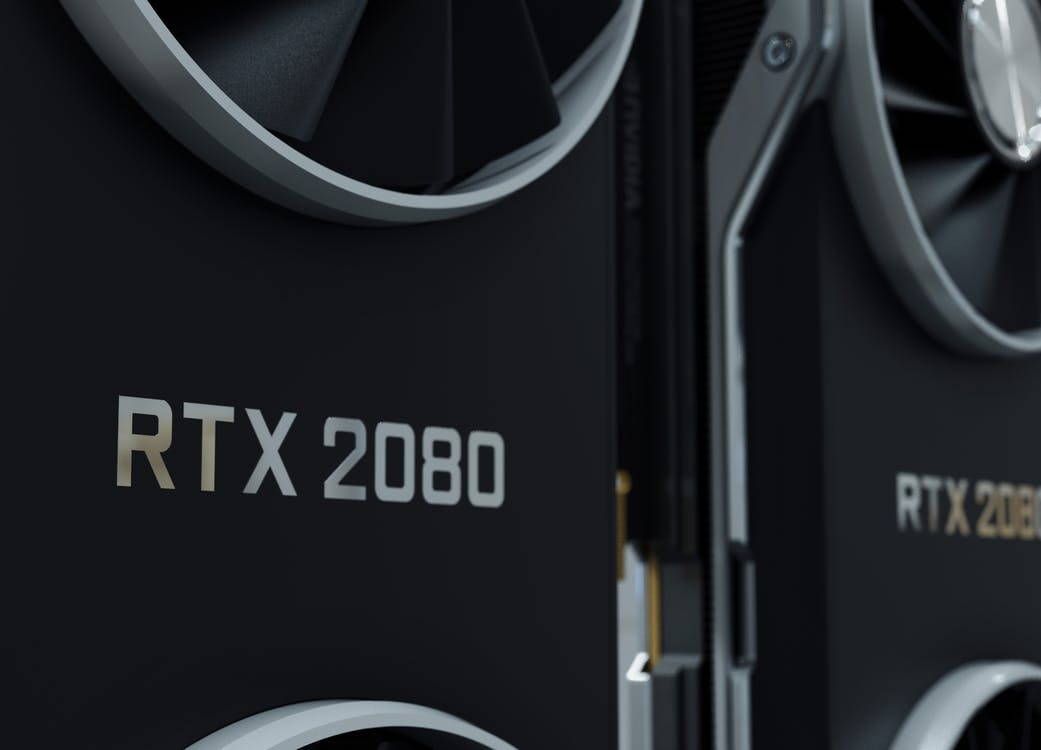If you are a PC gamer or a designer who runs 3D apps on your computer, then you have probably noticed an option on the configurations panel that reads VSync. This is a graphics technology created with the specific aim of eliminating, or, at the very least, mitigating screen tearing.
But what is VSync, exactly? What does it have to do with screen tearing? And, should you turn VSync on or off? Read on to find out all the answers.
What Is VSync?
VSync, meaning vertical synchronization, is a graphics technology designed to deal with one particular problem: screen tearing. This graphics tech tackles screen tearing by synchronizing the frame rate of a game with that of your monitor’s refresh rate.
What Is Screen Tearing?
Screen tearing is a frame-rendering glitch and is displayed onscreen as an image seemingly cut in half by a horizontal line. The problem usually presents itself when your graphics processor sends through more frames than your monitor can actually handle at a single time.
When this happens, your monitor can find it difficult to keep up with the game’s frame rate and end up displaying multiple frames of an image at once. As a result, the frames clash together, shattering, and creating a torn effect that can be seen as a line splitting the display horizontally in half.
Screen tearing is a fairly common problem, but it is mostly encountered during fast motion. In particular with games that have a higher frame rate than your monitor’s, or even when the frame rate changes abruptly at a given time and your monitor can’t keep up.
What Does VSync Do?
VSync solves the screen tearing problem, or at least it does to an extent. But how does VSync manage to do this exactly?
VSync puts a hard cap on the number of frames your graphics processor can render per second. By either freezing the game engine or buffering frames until your monitor is ready to display them, it prevents the number of FPS your GPU sends to your monitor from outmatching its refresh rate, thus decreasing the possibility of causing screen tearing.
Should I Turn VSync On or Off?
VSync does not really improve color, brightness levels, or resolution, but it is still a great tool for streamlining your gaming visual experience if you are being affected by screen tearing. And, although screen tearing is only a visual glitch, it still can be game-breaking and will ruin your overall gaming experience.
Since VSync was specifically designed to deal with screen tearing, it is best to turn it on only when your game’s frame rate is higher than your monitor’s refresh rate.
Nonetheless, it is not always beneficial to have VSync turned on. Because of the way VSync works—preventing your graphics processor from rendering images until your monitor is ready to display them—you might find that input commands from both your mouse and keyboard are also delayed.
Furthermore, when a game’s frame rate is higher than your monitor’s refresh rate, VSync can also cause major frame rate drops upon encountering graphically demanding moments during gameplay. This delay and frame rate drops can definitely be a drawback, especially when playing fast-paced games that require fast reaction times.
In these cases, delayed input commands and frame rate drops can hinder your strategy and tactics, completely breaking your gaming experience. For these reasons, some gamers prefer turning VSync off.
Other Types of VSync
Although VSync does deal with screen tearing, it is still not infallible. And, while it does help to deliver a much more streamlined visual experience, it does so at the cost of lower frame rates and even input delay. In response, some of the most renowned hardware producers have come up with their own improved versions of VSync.
Nvidia’s G-Sync
The main breakthrough of Nvidia’s G-Sync is that it does not limit your graphics processor’s frame rate to match your monitor’s refresh rate. Instead, it does the opposite: G-Sync adapts your monitor’s refresh rate to your game’s frame rate.
This way, G-Sync prevents screen tearing without incurring the disadvantages that Vsync brings along. The thing is that you will need a monitor that is compatible with G-Sync as well as an Nvidia graphics card to use it.
AMD FreeSync
FreeSync was released by AMD as a response to Nvidia’s G-Sync. It also does, overall, a better job than VSync. However, as with Nvidia’s version, you will need a monitor compatible with FreeSync as well as an AMD GPU.
Is VSync Good?
VSync is a graphics technology that was developed specifically to deal with screen tearing. Nevertheless, even as it does manage to provide a more streamlined visual experience, it does so at the cost of sharp frame rate drops and input delay that can be game-breaking.
For this reason, some gamers prefer to simply leave VSync turned off. However, there are already other more sophisticated options, such as Nvidia’s G-Sync and AMD’s FreeSync, that handle screen tearing in a much better way.

